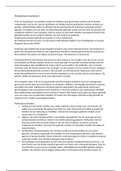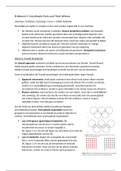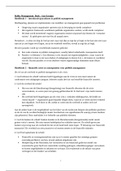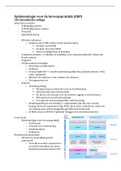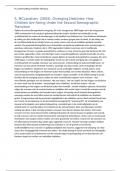Notes de cours
Theories of Consumption
- Cours
- Établissement
- Book
Absolute Income Hypothesis - Keynes Secular Stagnation Hypothesis Kuznets Findings The Relative Income Hypothesis- Duesenberry Demonstration Effect Ratchet Effect The Permanent Income Hypothesis (PIH) - Milton Friedman Relationship between Consumption and Permanent Income The Life Cycle H...
[Montrer plus]




